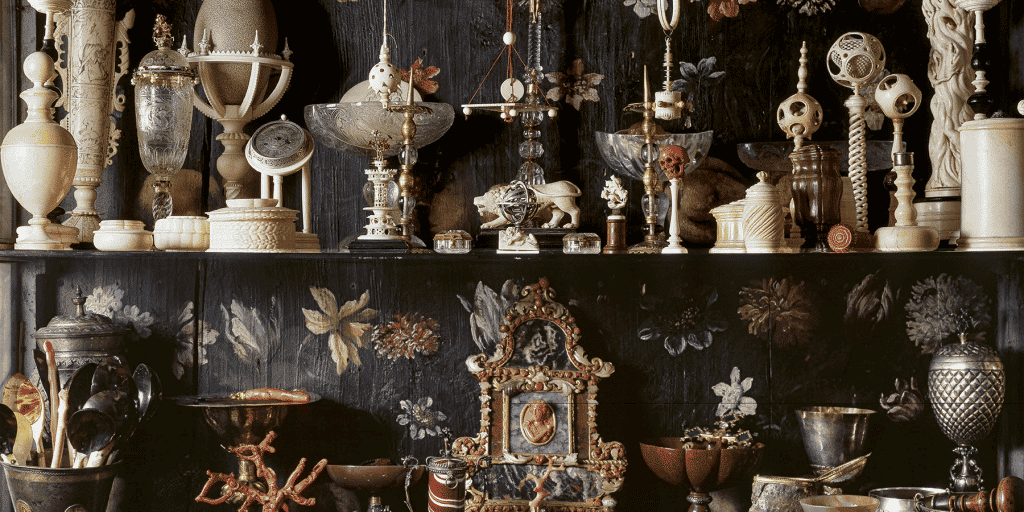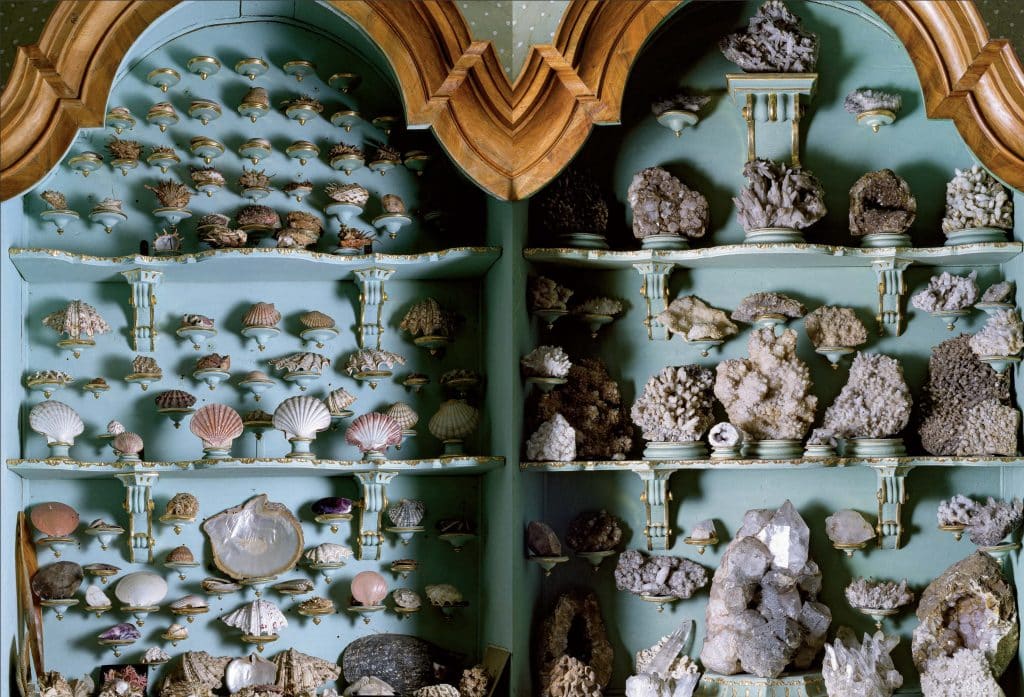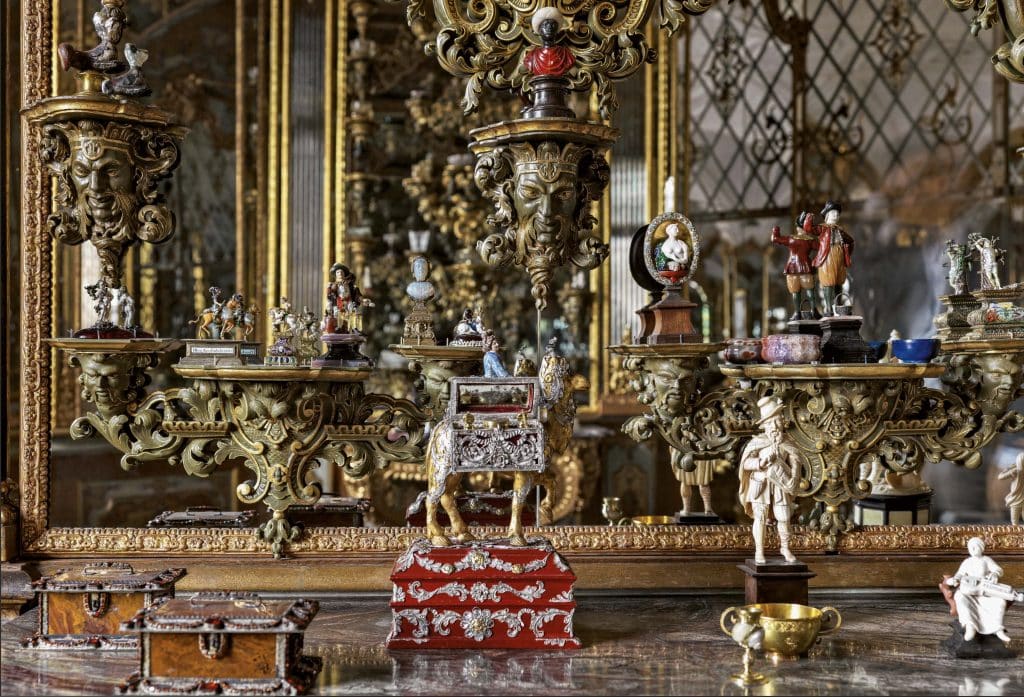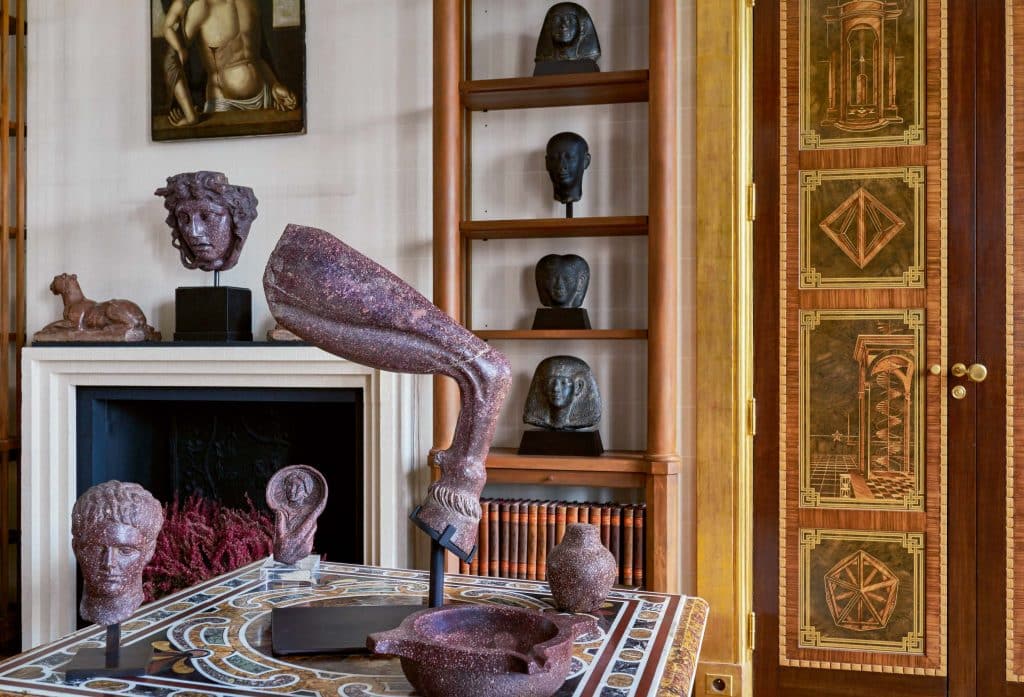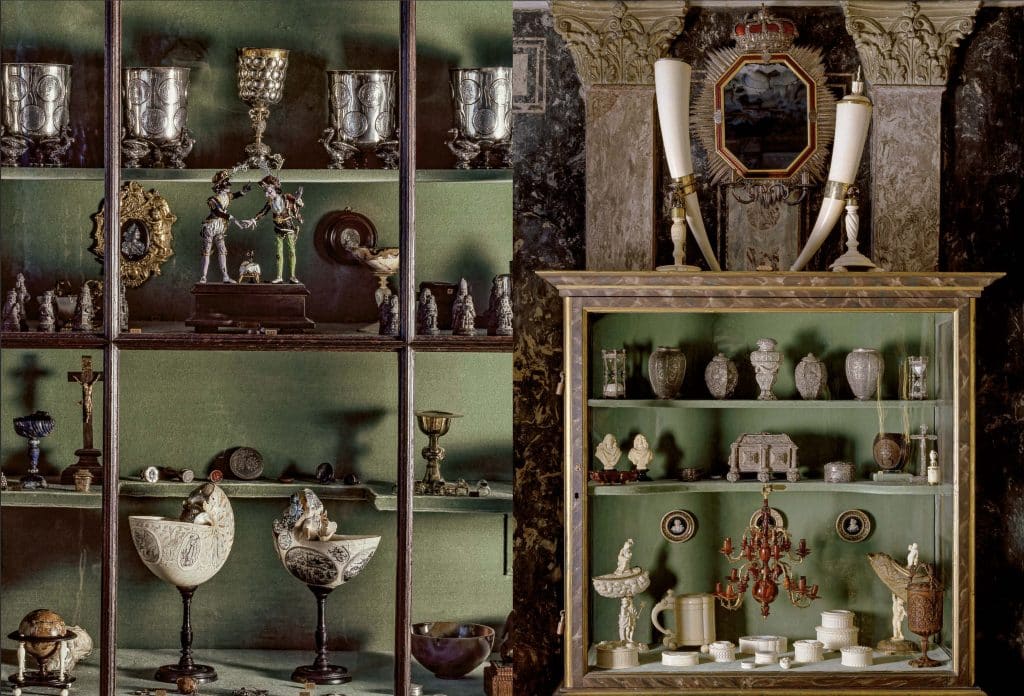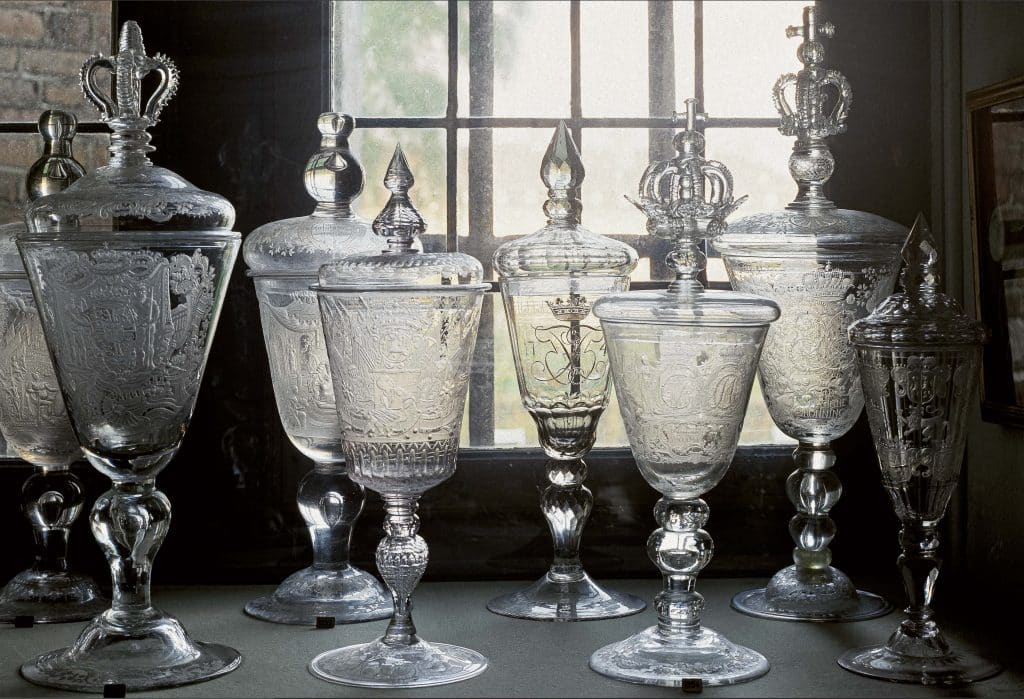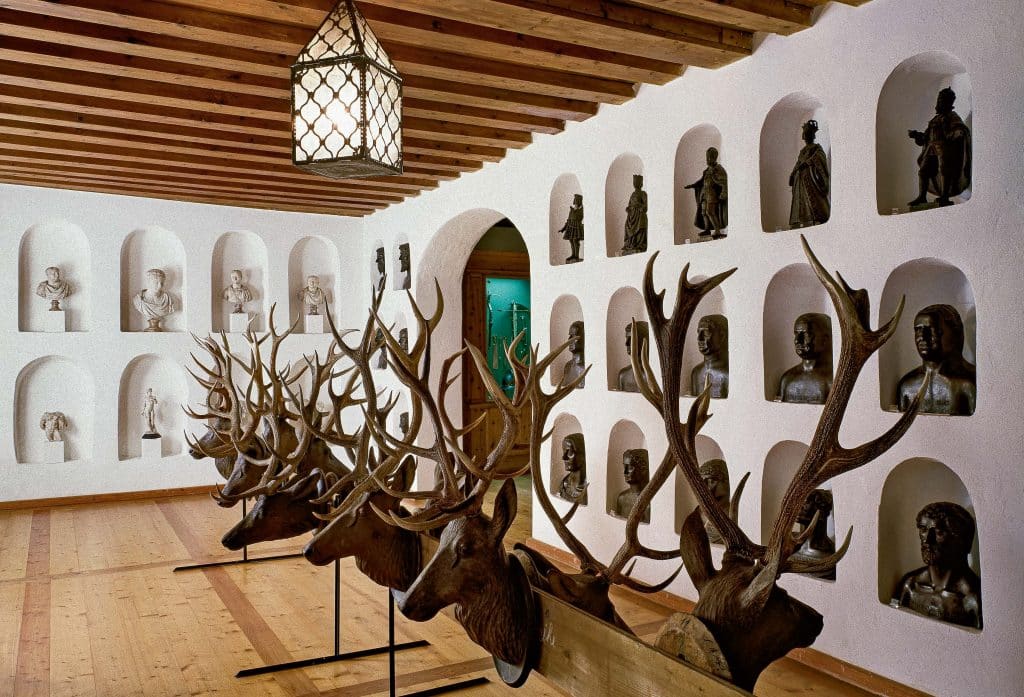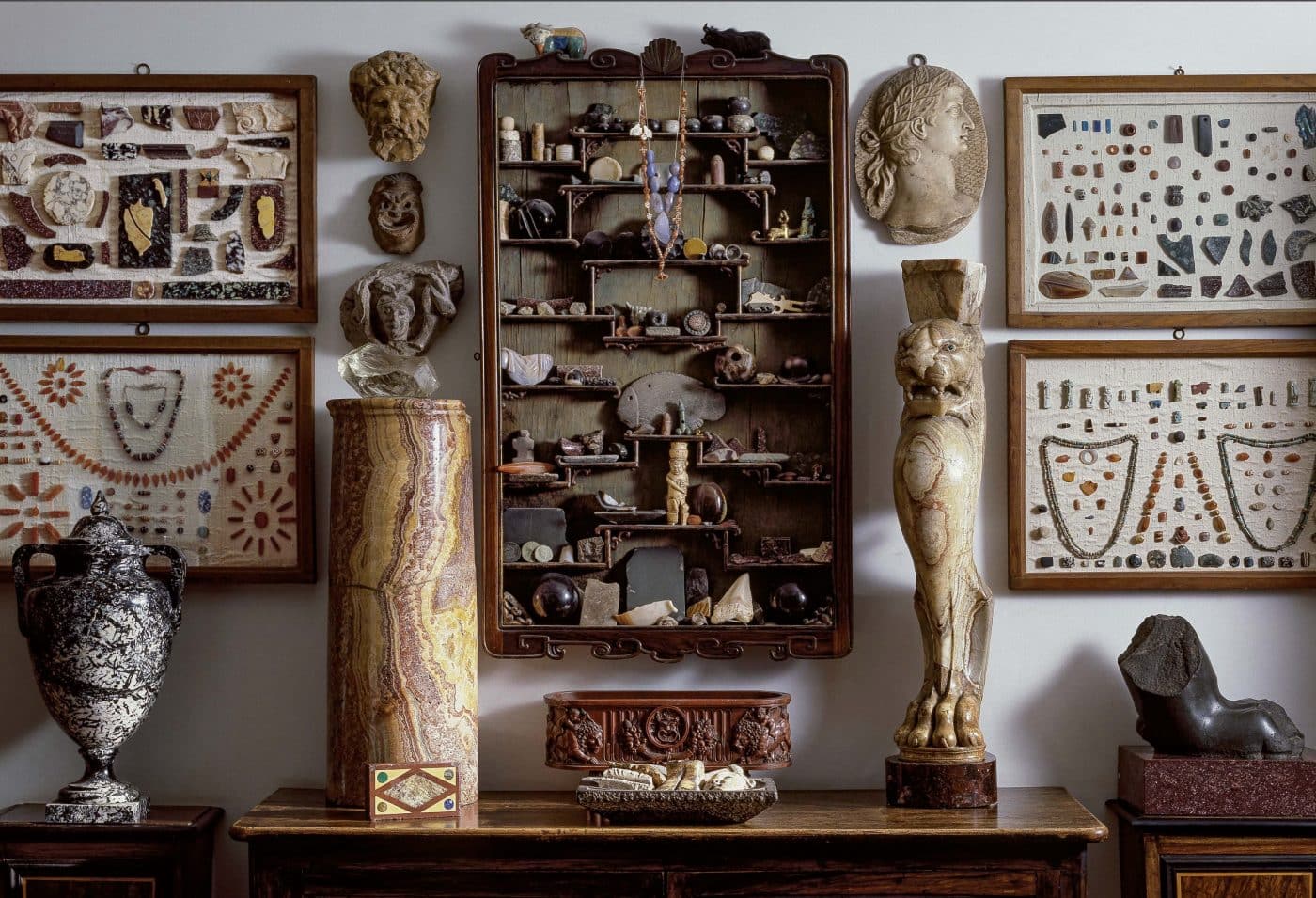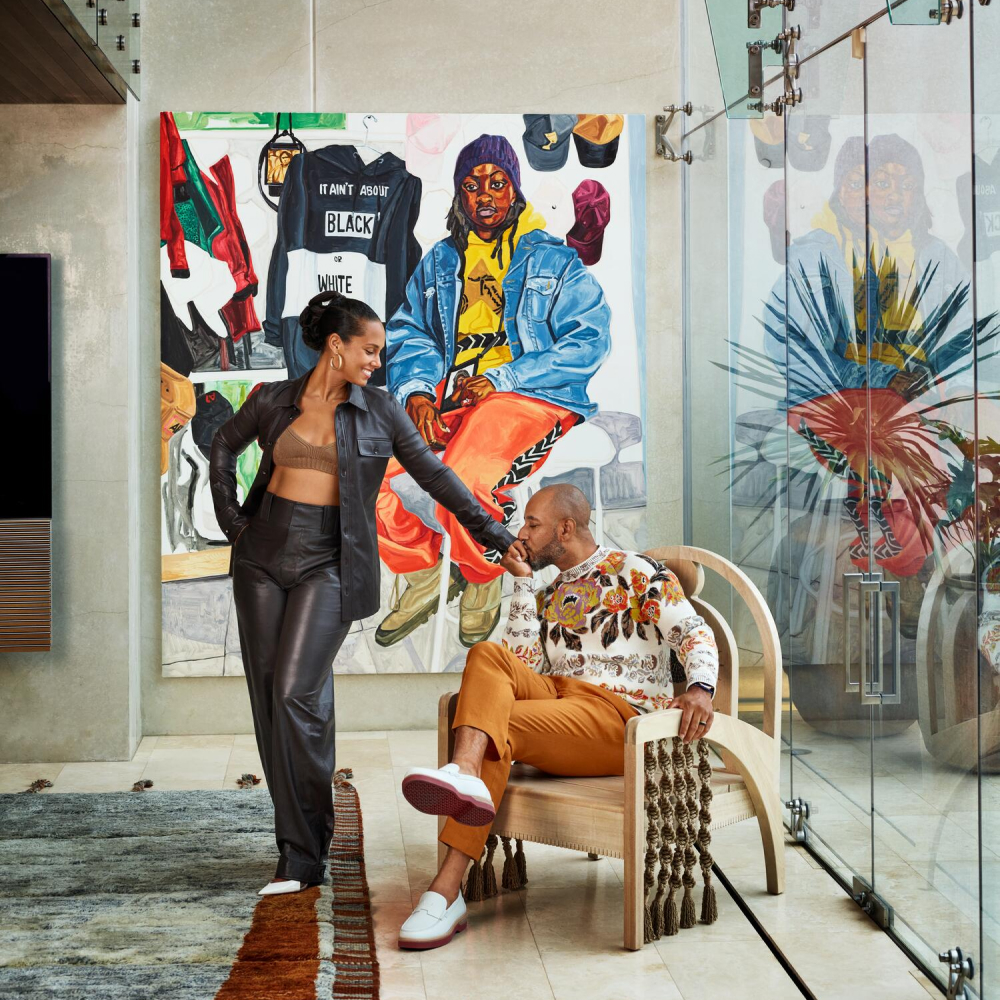July 5, 2020It’s been called a joy and a sickness, a necessity and an indulgence; the noblest pursuit and a faintly pretentious one, as twisted as cable knit and as natural as your next breath. It’s collecting, of course, and for many people, it offers a kind of euphoria that just can’t be attained in any other way. Beautiful objects can be revelatory, even life enhancing, providing a window on the past or insight into our current time for future generations. As digital access has made acquisition easier than ever, we’ve all become collectors in some sense, through the sheer accumulation of the fascinating stuff the world has to offer.
So why collect? For every altruist who’s adding to the scholarship on a little-known subject, there’s someone who buys for love, for beauty, to fill a void . . . or just to buy. Having served as director of Design Miami and a chairman of the auction house Phillips de Pury, Rodman Primack has observed collectors’ varied motivations over several decades. He believes that “ego fluffing,” as he calls it, is on the wane, supplanted by other goals. “Some people use their collections as a mechanism to express themselves, to show emotions or political positions,” says Primack, now an interior designer and gallerist. “Some want to create social action or act as a stimulus, or simply help artists they feel passionately about.”
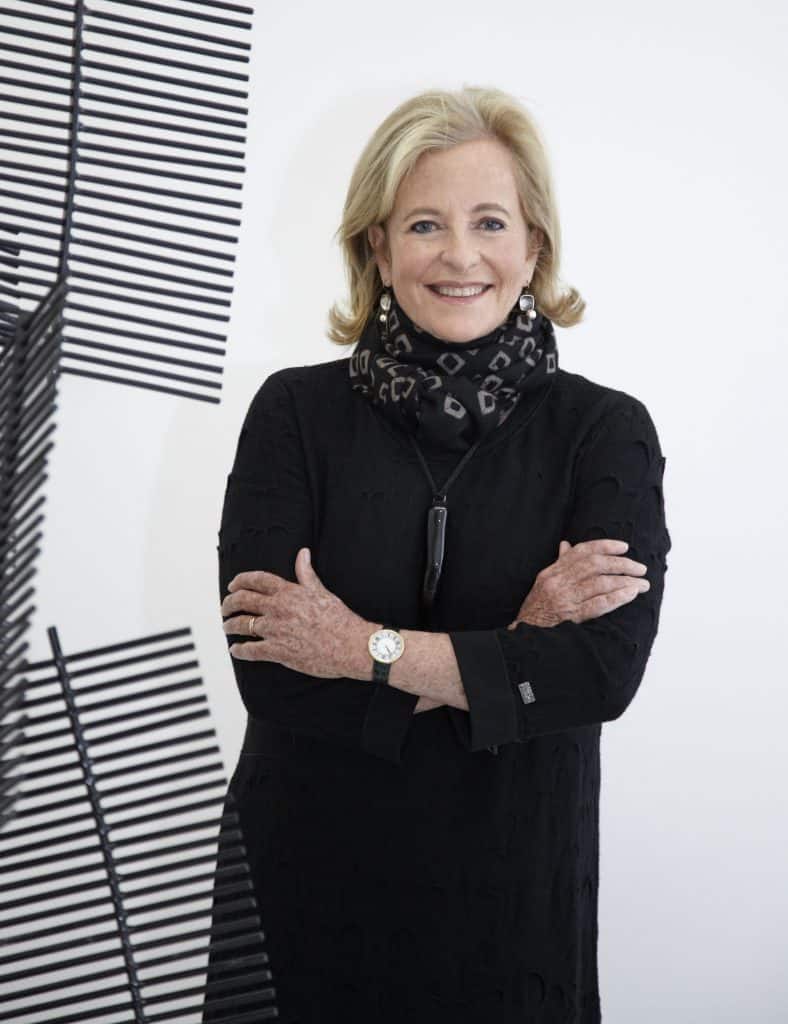
When Patricia Phelps de Cisneros began visiting artists’ studios in her native Venezuela in the 1970s, assembling a collection for her own pleasure, she didn’t realize how invisible Latin American art was on the world stage. As her holdings grew to include indigenous artifacts, colonial-era furniture and modernist geometric abstraction, she decided that lending — and eventually donating — her purchases could prompt a greater understanding of Latin American art and culture. For Cisneros, collecting has become stewardship on an international scale.
Pamela Joyner and her husband, Alfred Giuffrida, began collecting the work of American artists of African descent in the 1990s, drawn to its vibrancy and historical resonance while also keenly aware that it was underrepresented in museums and galleries. Joyner now considers their collecting efforts “mission-driven” — dedicated to relaying a more accurate and inclusive picture of post-World War II art history through loans, gifts and the publication of a scholarly catalog, among other efforts. “I have become an activist in my belief that it is important to try to correct a canon that has arbitrarily excluded gifted artists based on race,” she says. “I also think about how artists hold a mirror up to society. The best artists are poetic in the way they remind us of our common humanity and also in the truths they reveal about the society in which we live.”
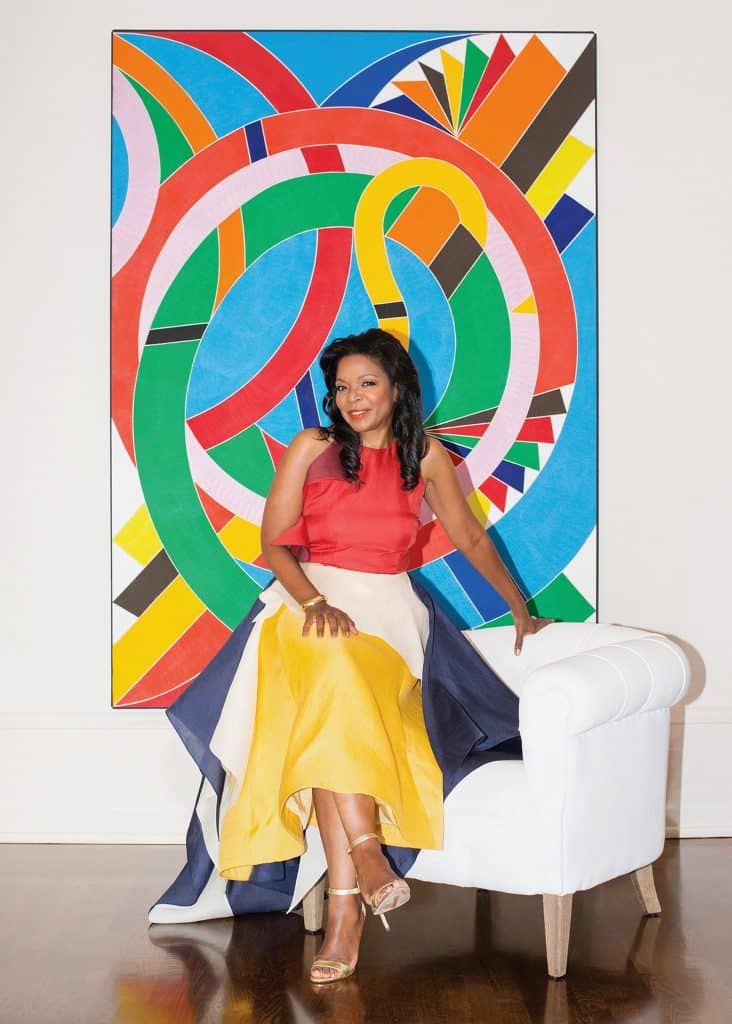
Like Cisneros and Joyner, many collectors have multiple incentives. Primack observes that while one powerful impetus — the notion of accessing an exclusionary “high society” — has lost relevance, other forms of status seeking have emerged. “There are those who like to promote their power and evidence their business acumen,” he says. “Like so many aspects of what we do, our motivations are uneven in quality or valor, but the results can still be positive and real.”
Interior designer Alexa Hampton agrees with Primack’s last point. Buying for status, she says, “can just reveal a yearning ambition — it can be a declaration of self. I’m OK with that, as a decorator and a creator of facades. And it’s not always conscious. Often people feel they’ve graduated to a new kind of living, so they ought to collect. But no one wants to be Gatsby, with his shelves and shelves of books he hasn’t cracked.”
Hampton’s Grand Tour souvenirs — neoclassical prints, paintings and small objects gleaned from the capitals of Western Europe, which she displays around her New York apartment — remind her of her travels as a child with her father, celebrated interior designer Mark Hampton, and the antiques shop that her mother, Duane, once ran on Madison Avenue with fellow magpie Louise Grunwald. The designer’s shelves also hold books — ones that are very well thumbed.
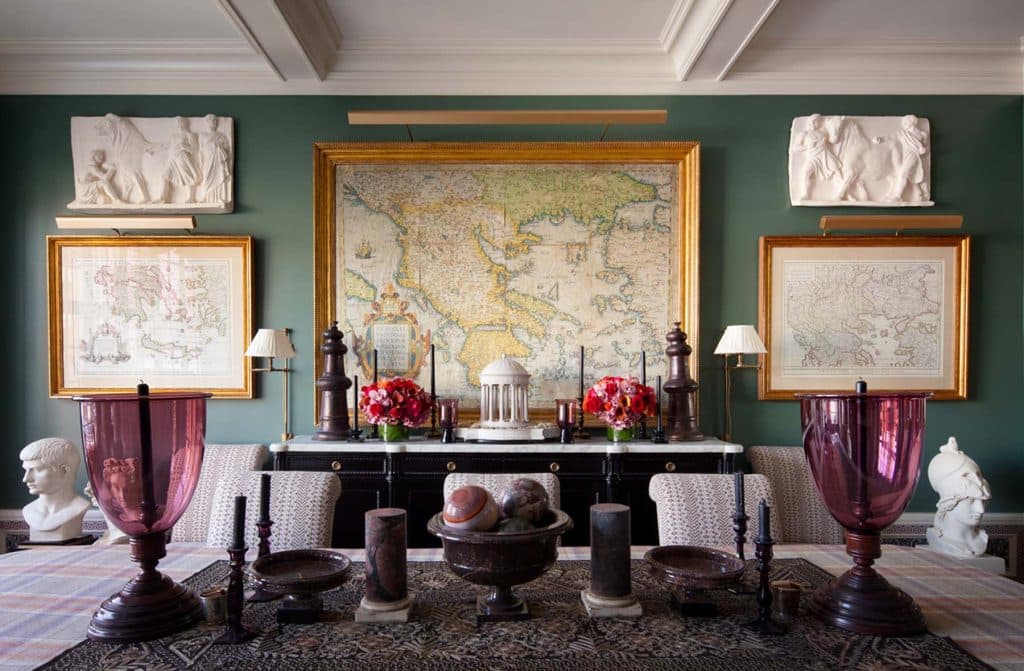
If Jay Gatsby’s not a collecting role model, who is? For sheer acquisitive muscle across categories and continents, it’s hard to pivot past British collectors of the 18th and 19th centuries. Money and global trade connections — created in large part by an economy based on imperialism — as well as the laws of primogeniture, which kept family treasures from being dispersed over centuries, contributed to their success, according to Wolf Burchard, associate curator in the department of European sculpture and decorative arts at New York’s Metropolitan Museum of Art. “But there also seems to be a collecting gene or bug that has been transmitted from generation to generation,” he adds. “Look at the Sackville-Wests of Knole or the dukes and duchesses of Devonshire.” Among the prized family possessions on view at Knole, a former hunting lodge of Henry VIII, are historical portraits, tapestries, silver and lavish tester beds; the 126 rooms of Chatsworth House, home to 16 generations of dukes and duchesses of Devonshire, are larded with Old Master drawings, neoclassical sculpture, William Kent furniture, rare books — including a library devoted to the sciences — and several choice Lucian Freud portraits.
Burchard also cites the Rothschilds, “the successful German banking family that spread across Europe in the nineteenth century and produced numerous key collectors, including the UK’s Ferdinand de Rothschild, his sister Miss Alice and, of course, today’s Jacob Rothschild,” who oversees Waddesdon Manor, in Buckingham, a repository of thousands of objects the family has collected over generations. Indeed, what the Rothschilds collected best were houses and gardens: along with Waddesdon, there’s the château de Ferrières and the Hôtel Lambert — at one point they owned some 60 European estates, each one so effusively awash in paintings, tapestries and interior furnishings that le gôut Rothschild became a catchphrase.
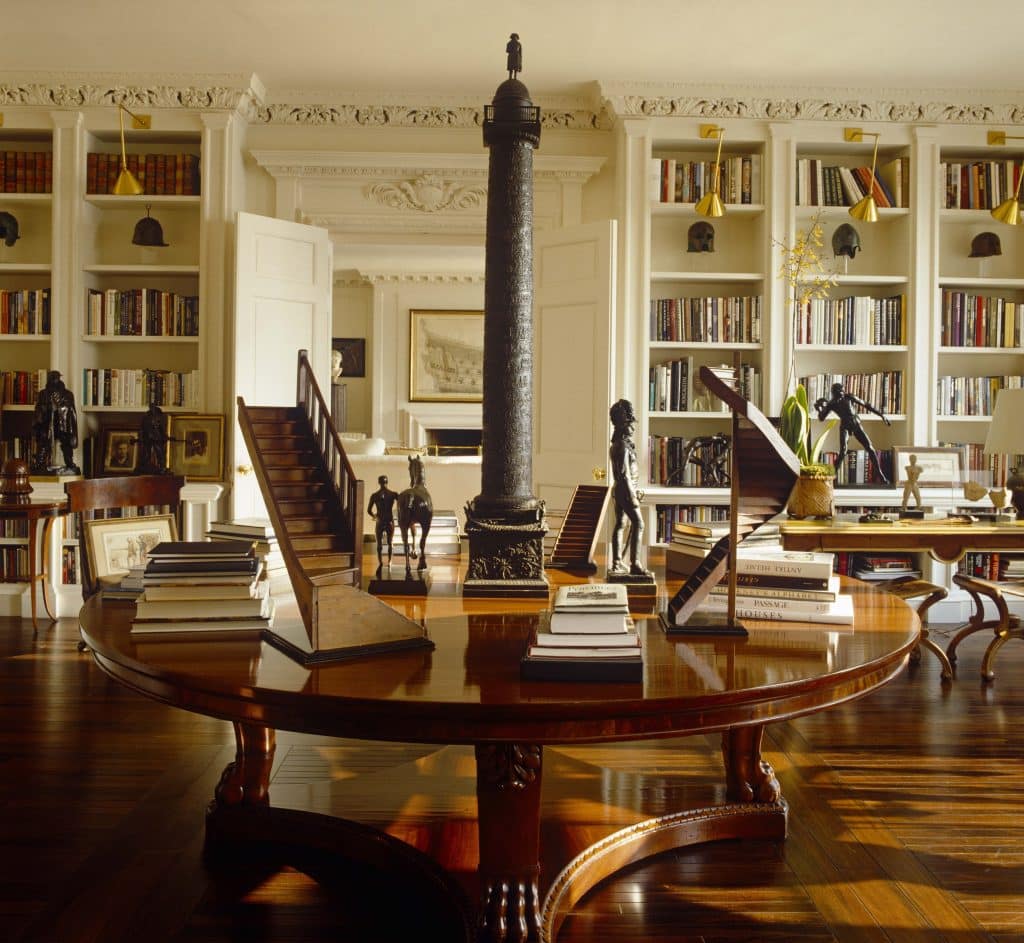
Studying the moves of such grand acquisitors can refine your eye and your own approach to living with beautiful objects, according to Jill Dienst, of the New York City shop Dienst + Dotter Antikviteter, which specializes in Scandinavian furnishings. Among her personal role models are Gustav III of Sweden, whose late-18th-century pavilion in Haga Park, outside Stockholm, outpaced French palaces with its confectionery setting; Eugene Thaw, a New York–based dealer/collector of Rembrandt and Francisco Goya, Pablo Picasso and Jackson Pollock; Eastern-influenced Belgian interior designer and antiques and art dealer Axel Vervoordt; vintage buyer Martha Stewart; and artist Donald Judd, who considered Alvar Aalto’s Paimio chairs, of which he had quite a few, the perfect seating for viewing art. Dienst also mentions furniture-loving fashion designers Raf Simons, Francisco Costa and Phillip Lim. A generation ago, their collecting counterparts would have included Hubert de Givenchy, Donna Karan and Bill Blass.
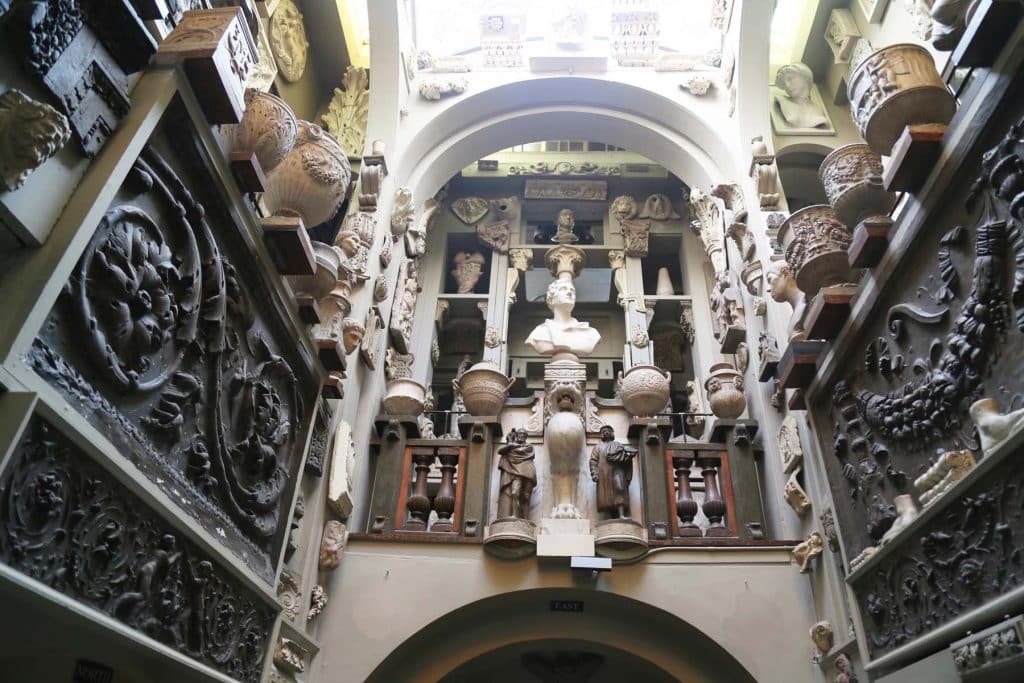
“Insofar as an eye can have perfect pitch, Bill’s eye had it,” wrote his friend John Richardson, the late author and curator, in the catalogue for the 2003 sale of Blass’s belongings at Sotheby’s. “Like all good collectors, he was quirkish. He didn’t want anything religious, allegorical, pretentious, flashy, morbid, precious or sentimental.” What was left? Plenty — the auction included more than 1,000 lots, and that was after the Blass estate had disbursed gifts to friends and institutions, including plums both materially rich (made of marble, ivory, brass, bronze) and culturally consequential (Chinese snuff bottles, Roman busts, English clocks).
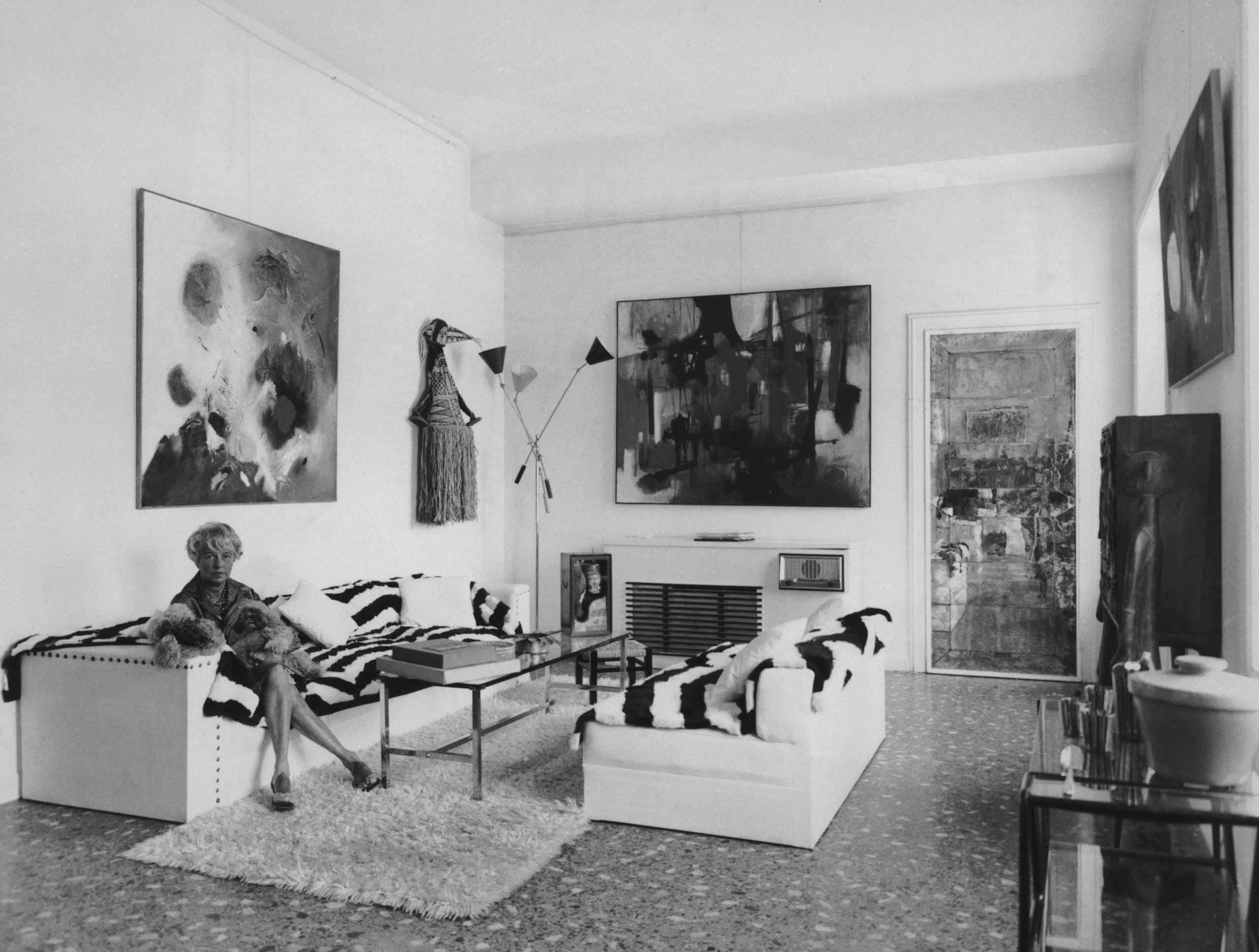
Interior designers and architects often get a bad rap as contextualists, prioritizing the tasteful room over the premier object, but that stereotype has faded as eclecticism has come into greater vogue. Dienst points to the late interior designer Jed Johnson. Known for his love of Arts and Crafts furniture and objects, he saw his expertise balloon over the dozen years he spent in a relationship with Andy Warhol, voracious consumer of everything from cookie jars to Art Deco masterworks. Primack’s approach is similarly expansive. “My favorite interiors aren’t really decorated — they represent years of assembling,” says the designer, who works with clients to buy well and in alignment with their interests. He does the same for himself, adding to a trove of Latin American art and design in partnership with his husband, Rudy Weissenberg.

Since the time of Syrie Maugham and Elsie de Wolfe, designers have set precedents of connoisseurship for their clients. Architect/collector Lee F. Mindel, a longtime influencer in the field of 20th-century Scandinavian furniture, insists that “the most impressive collections are those that are shared.” Among the connoisseurs notable for such generosity, he calls out contemporary art patrons Peter Brant, Edythe and Eli Broad and Emily and Mitchell Rales. They have all commissioned architectural innovators to house their in-depth holdings in insta-landmarks — the Brant Foundation in Connecticut by Gluckman Tang, the Broad in Los Angeles by Diller Scofidio + Renfro, Rales’s Glenstone in Maryland by Thomas Phifer — and opened them to visitors. (Without collectors, of course, America’s encyclopedic public museums wouldn’t exist.)
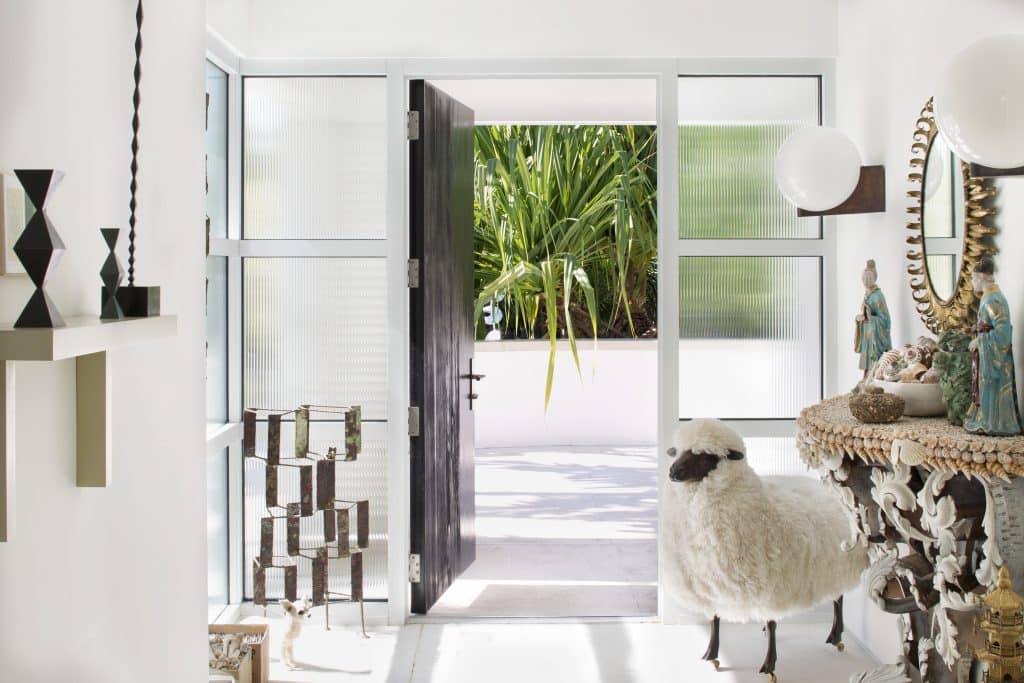
Contemporary art has lured more initiates to collecting than any other category over the past few decades. Navigating the waiting lists for the next Marlene Dumas, Jeff Koons or Jasper Johns has become something of a sport, one that the new enthusiasts can’t ace without committing to significant time and research. For the most obsessive buyers, taking an ecumenical approach can sidestep the problem of uneven supply and deliver a more reliable kick. Why have to choose between canary-colored diamonds and a Carlo Scarpa vase? A print by Betty Woodman and some vintage Madame Grès? A Rolex Submariner and an armchair by Jean-Michel Frank? This wide-ranging approach has been called “collecting in the field of masterpieces,” or more simply, “trophy hunting.” At a lower price point, it might also be known as “living a tasteful life.”
When he was a kid, furniture and lighting designer Achille Salvagni invested in Swatch watches. Today, he feathers his apartment in Rome with pieces of his own design alongside Italian Arte Povera paintings, Chinese art and photography and 20th-century glass. He says the works dovetail for one reason: “Honestly, I would say that beauty is very difficult to resist.”
On the other hand, some time-starved collectors would argue that picking a lane and staying there is essential to success. It can be hard to pursue one category — contemporary fine design, for instance — and also delve into orchids or armor or first editions by Michel de Montaigne. A client of Mindel’s has a longtime fascination with technology and space travel, but “the thing he values the most,” the architect says, “are objects made by the hand of man” — specifically, the furniture of Danish master cabinetmaker Peder Moos. Narrowing your focus is a time-honored approach, especially among those who seek out esoterica along the lines of vintage luggage, sailors’ valentines or kitchenware the color of red licorice.
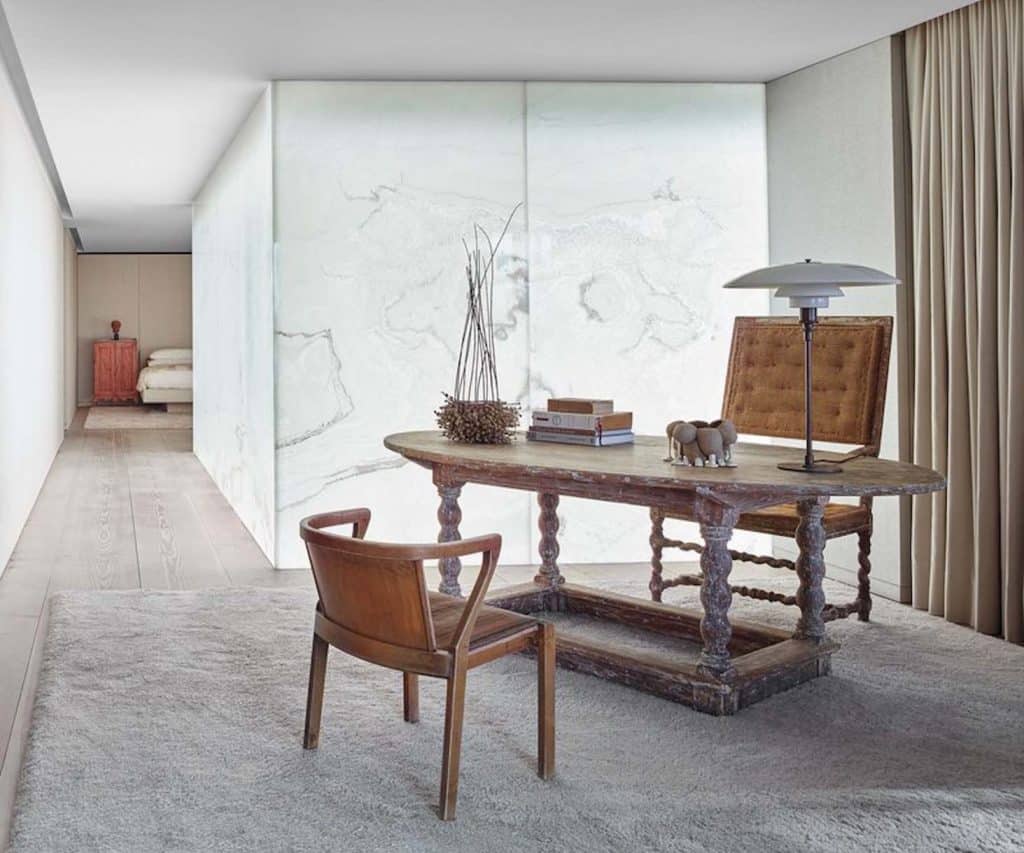
“What the great collectors of history share is a true conviction, a zeal for beauty and a passion for the object that is removed from its monetary value,” says the Met’s Burchard. Given those characteristics, the ultimate collectors may just be dealers — whose scholarship, a job requirement, impels them to keep buying.
“I buy for the gallery as if I were buying for my own home,” Dienst says. “I guess the existential question is, If I had unlimited funds and real estate, would I even have a gallery?”
